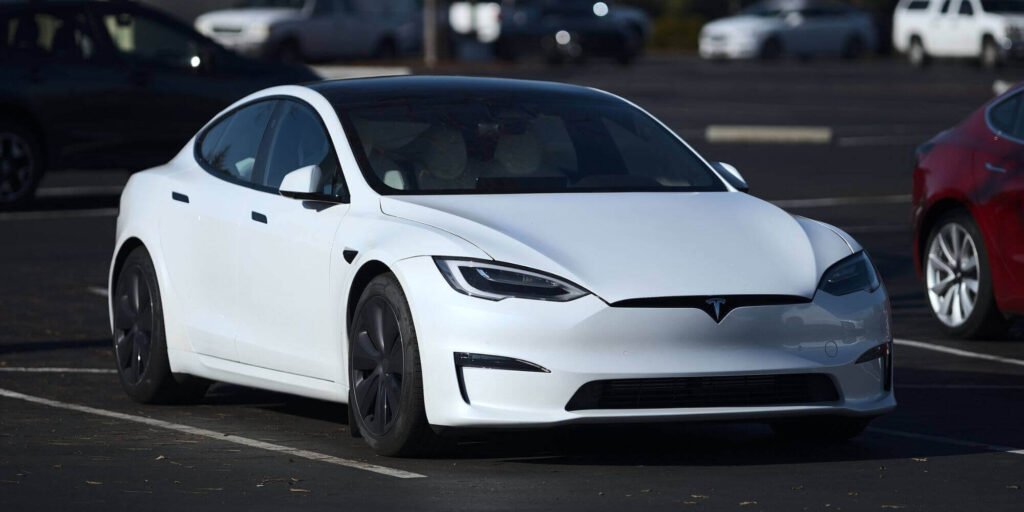Tesla Autopilot in the Model S is a system that helps with driving, but it is not perfect 🚗. It can keep the car in its lane and adjust speed based on traffic, which is very helpful for long trips 🚗💨. However, it sometimes makes mistakes, like stopping suddenly for no reason, which is called “phantom braking” 🚨.
The system is not fully autonomous, meaning it requires the driver to always be ready to take control of the car 🚗👀. It can struggle with detecting stationary vehicles or emergency lights, which has led to accidents in the past 🚨🚒. Despite these issues, Tesla continues to improve Autopilot with software updates, making it safer and more reliable over time 💻📈.
Tesla’s Autopilot is considered Level 2 automation, which means it assists the driver but does not drive the car completely on its own 🚗👫. While it can handle many driving tasks, it is not yet capable of fully autonomous driving, and drivers must stay alert and engaged while using it 🚗💡.
The Model S also benefits from Tesla’s continuous software updates, which enhance the performance and safety of Autopilot features 📊💻. These updates help improve how the car navigates roads and responds to different driving conditions, making it more efficient and safer for drivers 🚗🔧.
Overall, while Tesla Autopilot is advanced and helpful, it is not flawless and requires careful use by drivers 🚗👍.

